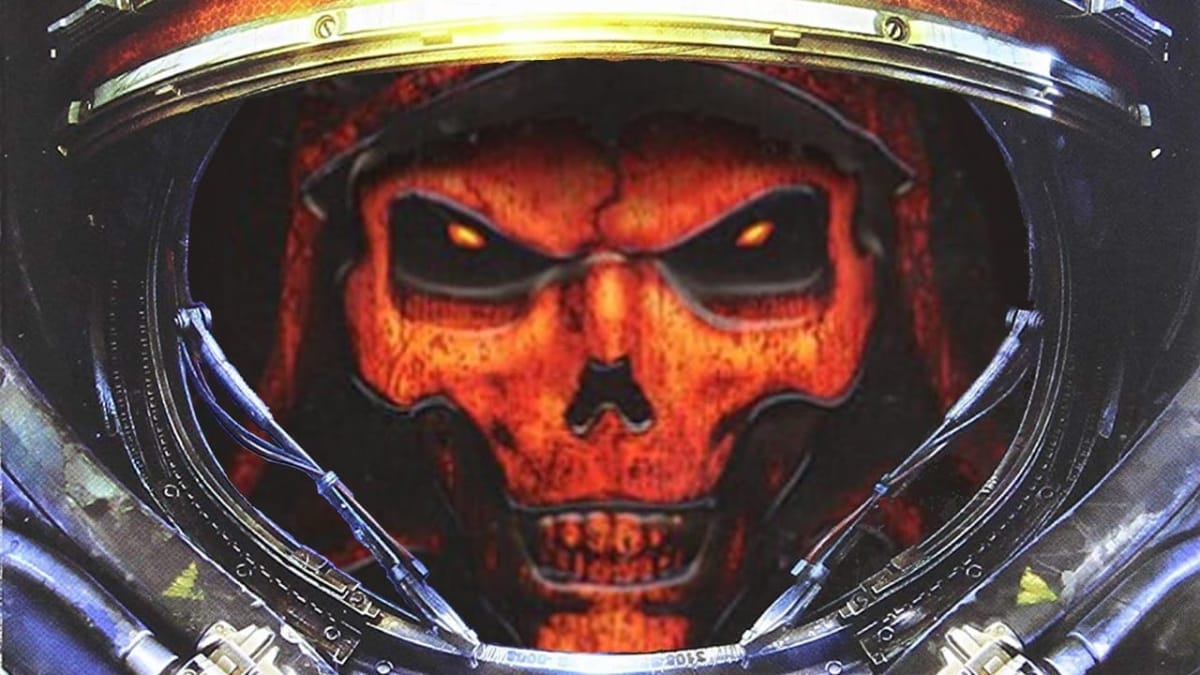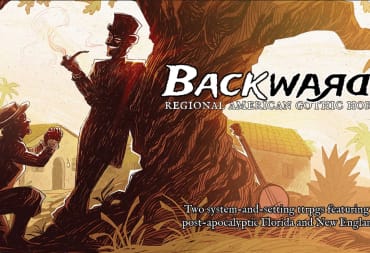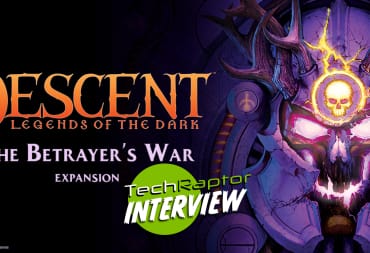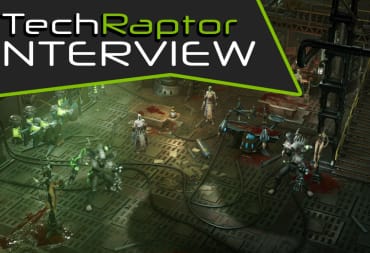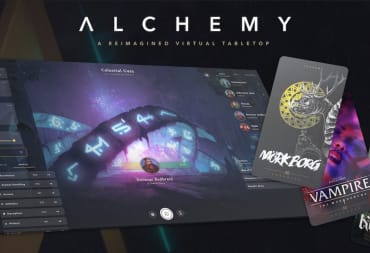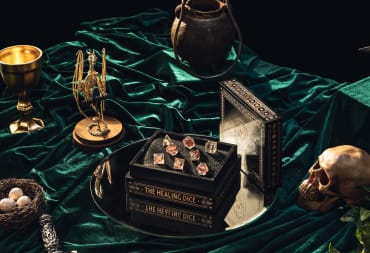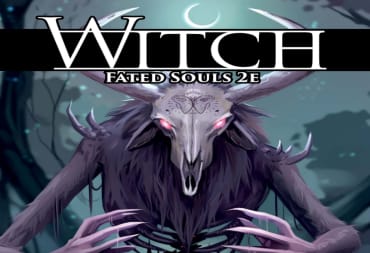Starblo is the name of a game that you likely haven't heard of before, but you certainly know the company who worked on it: Blizzard Entertainment. Double Damage Games President (and former Blizzard Vice President) Erich Schaefer and some of the other fine folks at the company had a simple idea to make a Diablo-style game but with a science fiction twist. Starblo was the result, and it never saw the light of day.
I had already spoken with Erich Schaefer once before about his upcoming game Rebel Galaxy Outlaw, a title that I'm very much looking forward to. We planned to talk again another time, but scheduling conflicts stopped us from being able to get together a few times. I had even called him at an appointed time only to find that he was on vacation with his family and was fully willing to continue. (Of course, I rescheduled). He is indeed a genuinely kind man and he was all too happy to indulge my curiosity about Starblo.
Like many large corporations, Blizzard had opportunities for developers to try out new ideas and see where it takes them. One of these projects was Starblo, an action role-playing game with a heavy science fiction theme. Throughout our conversation, Erich painted the picture of a game that seemed to be half Starbound, half Diablo, and 100% awesome.
One might wonder how far Starblo got in development. "There's not a ton that would blow your mind or anything," Mr. Schaefer told me. "I can say that the meat of it was the gameplay was like Diablo but science fiction. The meat of the game was [that] you had a personal ship - a spaceship - that flew around as almost a personal 'base town.'" It certainly sounds intriguing, but Erich Schaefer was quick to qualify this information. "We didn't even really know yet how- was this just a virtual ship that you would place on a map or was this something [that] you actually flew in space? We didn't get that far."
Though the mechanics of the Starblo ship wasn't entirely decided, it was very much functional for its purpose in the game. Erich Schaefer alluded to a dropship deploying in XCOM—you'd arrive on a map and disembark from your ship to begin your adventure wherever you were. You'd be able to battle alien creatures, discover artifacts for research or weapons, quests, and there would be—as always—a copious amount of loot. In his own words, once you landed you'd head out and "do the Diablo stuff."
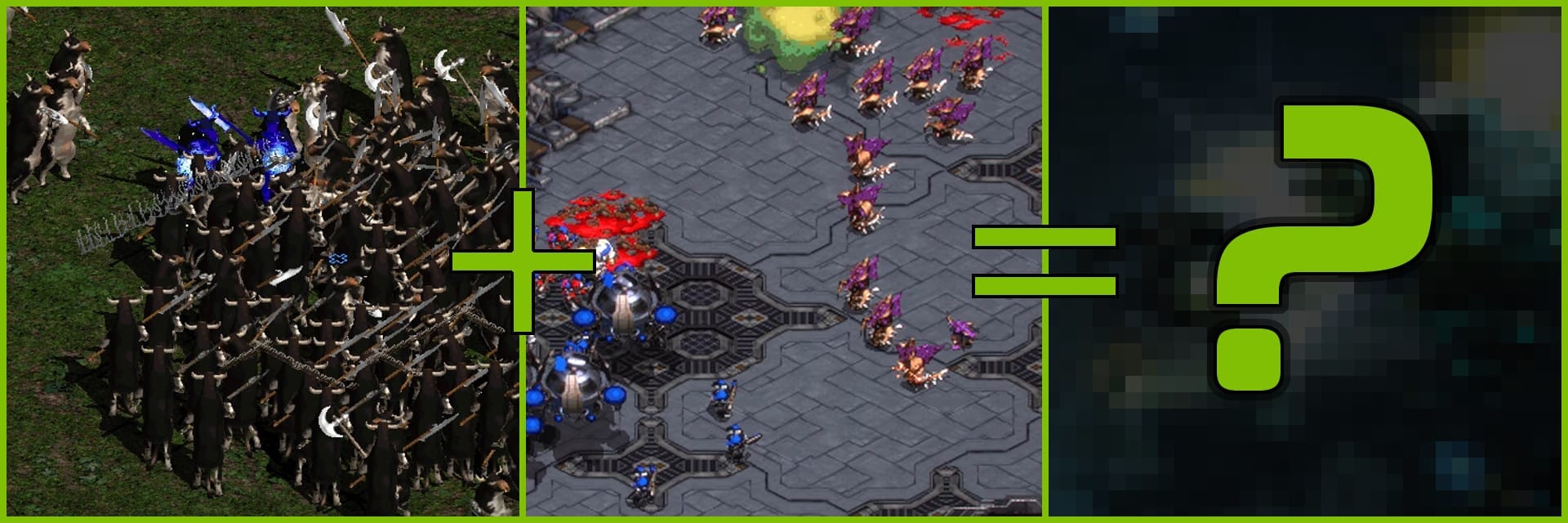
As Mr. Schaefer continued to describe the game, I told him that hearing about this title was painful to say the least. The prospects of what would have gotten were simply tantalizing. Erich, too, seemed saddened and disappointed about it never having seen the light of day. "I think what it did have at the very end there - it was kind of a bummer that it died - was it had fun gameplay," he began. "It was very 'Diablo II-ish in space', a little bit crazier and more science fiction. But it was crisp. It had movement and [fun skills] and good pacing. I think we were really getting that feeling down when it all crashed down for me."
One of the points he highlighted was the notion of perhaps making the game one day. He told me that he occasionally talks with his ex-Blizzard colleague David Brevik (who we interviewed last month) about somehow getting Starblo put together. I assured Erich Schaefer that such a title would probably do quite well, especially if it were put together with the same practiced hands that had graced us with Diablo II.
I pondered for a moment if Starblo could succeed today. I do think it can, if only for the fact that there is a gap in this market. I spent a measure of time trying to find what the most popular science-fiction action RPG out there was. I struggled to find a single modern game that remotely came close to the feeling of "sci-fi Diablo" that wasn't either a niche title, several years old, or both. For some strange reason, it seems that no one has really succeeded in creating an isometric/top-down ARPG with a sci-fi theme.
Eric Schaefer had the opposite opinion. He felt that a game developer wouldn't likely be willing to invest millions of dollars into producing a title of this style today. I pointed out there are still games in this genre that get a respectable amount of play; Torchlight II, for example, still floats at around 800-1,000 players a day on Steam despite not having any major content updates for half a decade (and counting).
As we discussed this issue further, Erich said that the idea just didn't seem "sexy" in a way that would do well in today's current market. He did qualify that statement by saying that he could very well be wrong, but one certainly has to pay a certain amount of attention to the knowledge and experience of an industry veteran.
"This is probably unlike most companies, but back in the day at Blizzard and my other companies (Runic, Flagship, and now Double Damage), we don't operate [with a traditional design process]. We make the art as we go and fit it in and kind of iterate it all on at the same time. I know that's not the standard process."
After we finished discussing the madness of the market not having crafted such a game, we got back into the details of Starblo. Players would be able to move from planet to planet in the course of the game. Planets in Starblo would be roughly 1/4 the size of an act in Diablo II, "maybe two tilesets, maybe three at most," he said. "Kind of an overland area with maybe [one or two caves or ruins] to explore."
"I think we were kind of thinking [that] your 'session' would be basically landing on a planet," Erich continued. "Maybe it would be 15 minutes, maybe it would be an hour." In a sense, these smaller pieces of content would be like moving from waypoint to waypoint, and that was, in Mr. Schaefer's estimation, part of Diablo's success. "[The] secret of Diablo was all the staggered rewards. There were so many things that might be just coming up that makes it addictive and impossible to stop playing. We did recognize that and we probably would have tried to engineer as much as we could of that into Starblo, but I don't think we were quite at that point other than copying a lot of Diablo II mechanics."
My next question for Erich Schaefer was just how far the prototype of Starblo managed to get before it was canned and he had quite the surprising answer. "We had for Starblo a full set of monsters, a full of character classes. You know, not completed by any means, but the idea for them and graphics for them. We rarely used placeholder graphics." In his estimation, it's just a lot more fun to make the assets as they're needed—even if they're a bit of a waste. "I bet we had six to eight completed monsters that would have made the cut and another four or five that were either in progress or maybe would have got cut."
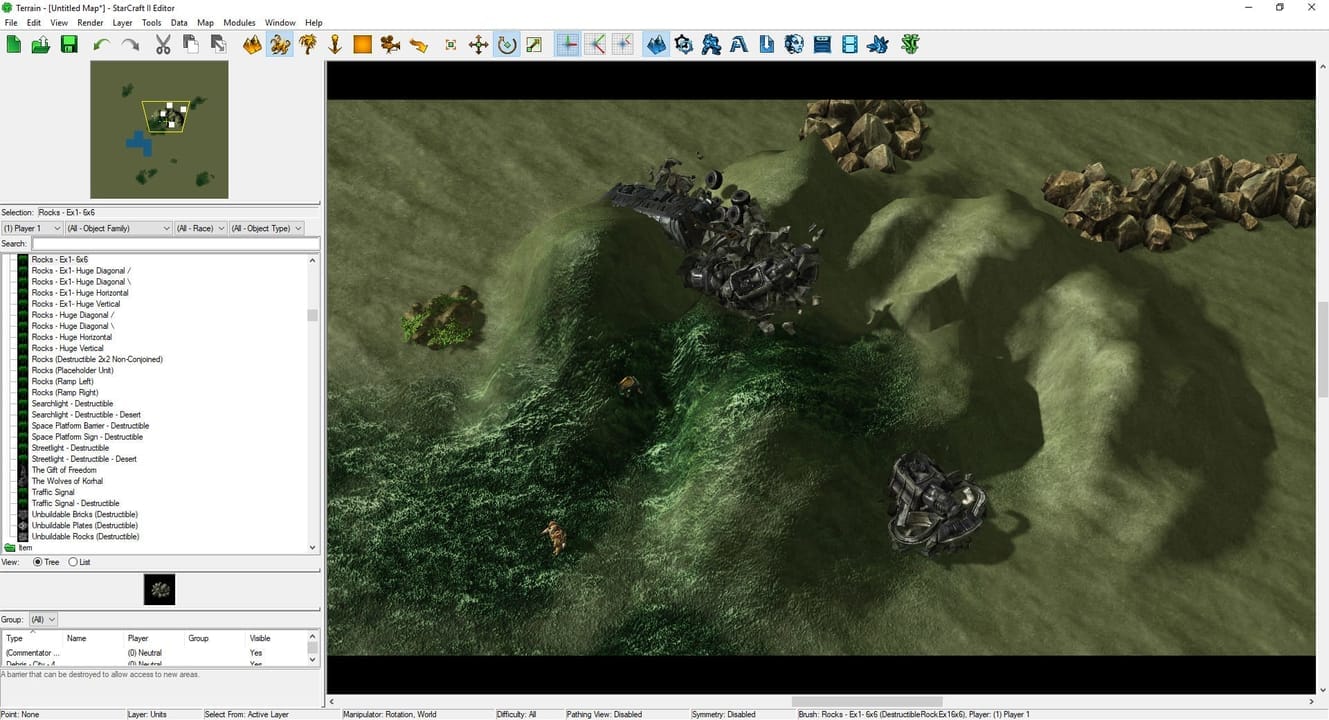
So what did happen with Starblo? Work on the game had already begun. Surely there must be code sitting around in a Blizzard Entertainment vault somewhere or on an employee's home computer? I asked Erich Schaefer what happened to all of the work they did on the game and he surprised me yet again.
"Back in those days, we did have some sort of offline backup. We would make backups of our data [and] our development environments and then physically make copies of those every few days or every week and store them at some sort of establishment," Erich Schaefer said. "I'm almost sure that those have disappeared [and] probably after we quit they just didn't care to ever update them again. And in back in those days, things were more easily lost. I think there's almost a 99% chance [that] none of this exists anymore."
Erich Schaefer proceeded to tell me how they would use devices like Syquest Drives to keep their data safe—a positively ancient format by modern standards. He told me a bit more about how disorganized things could get a Blizzard back then; ultimately, it's best summarized by this portion of the conversation:
TechRaptor: I want to get this for the sake of clarity. Are you telling me that pretty much the entirety of Starblo (if it still exists today) is on the computer data storage equivalent of a Betamax tape and nobody probably knows where it is?
Erich Schaefer: Yes.
TechRaptor: Oh my god. [laughs]
Well, there you have it. If you had hoped that we might ever see Starblo, Blizzard probably doesn't have it anymore. That's not to say it may never see the light of day.
The movie Toy Story 2 made for a famous case in good data backup practices when the entire film was accidentally deleted. A mom working from home had a local copy of the film and they managed to avert disaster. It's possible that someone who worked on the project might have it stashed on an old drive somewhere, although it's (sadly) not very likely.
We may also one day see the ancient "Betamax" tapes discovered. The one advantage of magnetic media like hard drives is that they can sit idle for years (even decades) and still keep the integrity of their data as long as they aren't physically rattled. For all we know, Starblo is sitting on a shelf in some mysterious warehouse, right next to Starcraft: Ghost and the Ark of the Covenant.
Would you have liked to see Starblo released? What do you think of Erich Schaefer's development style? Let us know in the comments below!
Have a tip, or want to point out something we missed? Leave a Comment or e-mail us at tips@techraptor.net
